Types of stromant
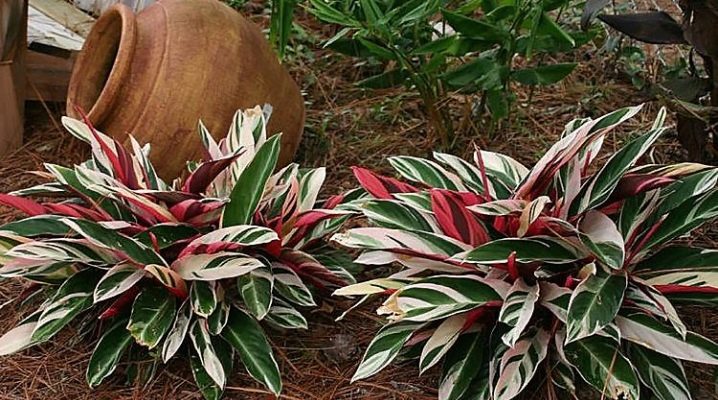
The types of stromant are not yet well known to gardeners and farmers. Noteworthy are Magic Star and Multicolor, Horticolor and Maroon. You also need to familiarize yourself with the bloody and pleasant stromancers.
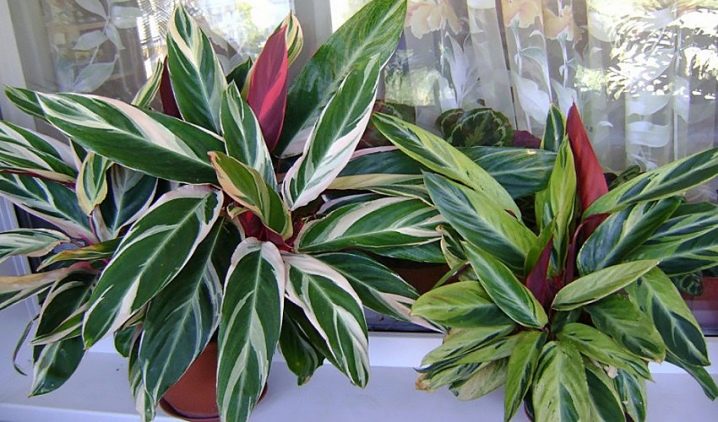
Bloody stromanta and its varieties
The demand for indoor exotic plants is steadily increasing. Among them, stromant is also in demand. It is considered almost an ideal solution for decorating a home.... Bloody stromant grows naturally in Brazil, in the humid zones of the rainforest. It is relatively large.
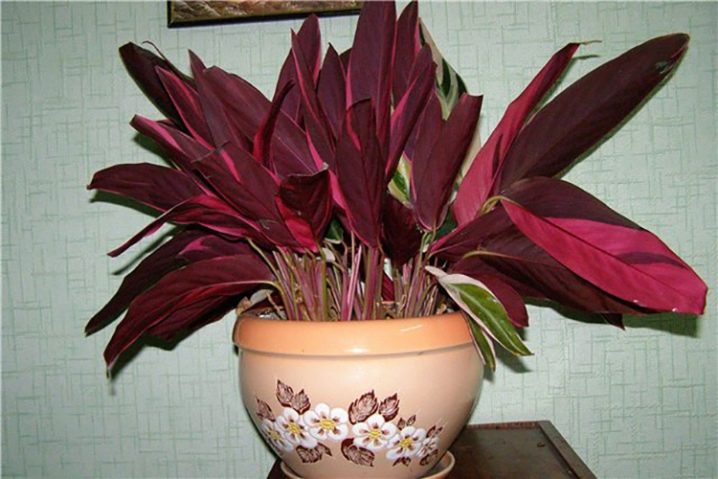
Such a plant develops oval foliage with sharp ends. The length of the leaves ranges from 15 to 40 cm. The width varies from 7 to 13 cm. The top of the leaf blades has a glossy tint and a light green color. The presence of a dark green V-shaped pattern is noted there.
Below the leaf has a rich cherry color. Flowering occurs approximately at the end of spring. Sometimes this happens almost at the very beginning of summer. Much depends on the weather and the care for the culture. Bloody stromant is the same as blood red; these are complete synonyms.
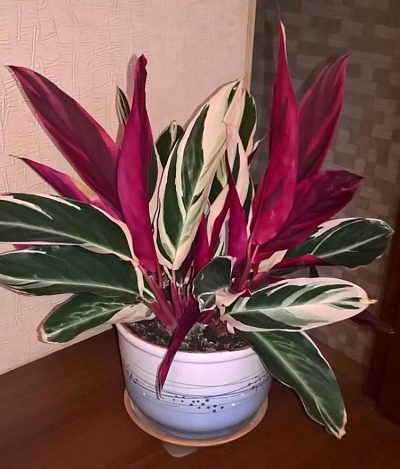
The Multicolor variety is in demand. This subspecies is distinguished by a dark green color of the upper part of the leaf plate. In addition to the main color, light green and even almost white stains are mixed with this color. The lower edge of the leaf has a red-burgundy color. It is easy to understand that such a plant manifests itself very well from the aesthetic side.
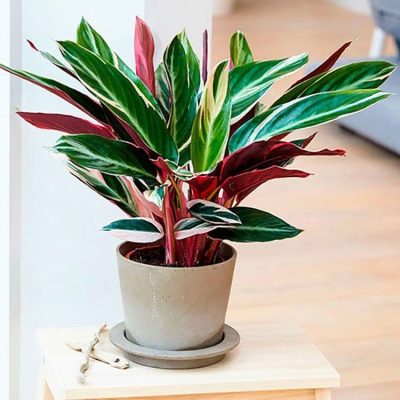
Sometimes there is a stromant in which the top of the leaf contains yellow, olive and light green notes. In this case, there is a type Horticolor... Below, its leaves are dark red in color. Florists are also happy with the tricolor culture (in some sources referred to as "triostar").
Just such a plant is eagerly grown in a variety of garden plots.
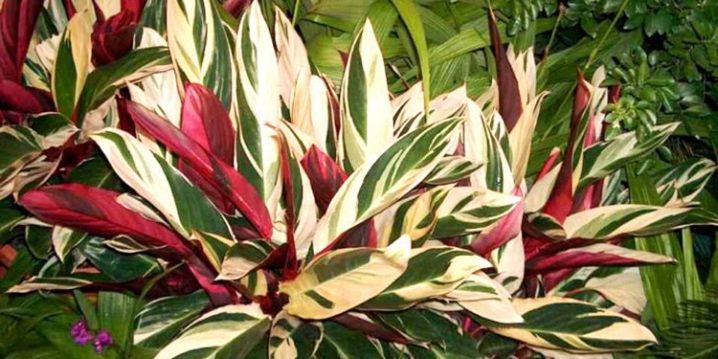
The tricolor cultivar is well recognizable... On the upper edge of the leaf, it is dominated by a dark green color. A pink, white, light green and fawn pattern is formed along it. It looks like the leaves are covered in streaks. The underside of the leaves has a dark burgundy color.

Stromantu Maroon highlights the green top of the leaf. But this is not the end of its features. A central vein runs along this side of the leaves. She has a light green color. Below is a sheet of dark red tone.
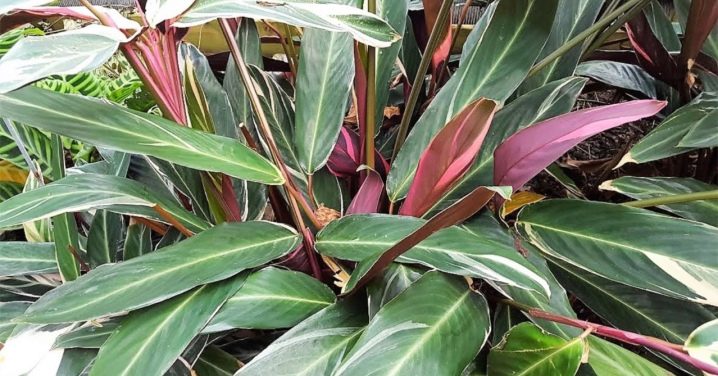
It is worth mentioning separately Stromantu Stripe is old. She has a bright green upper edge of the leaf plate. It is on this side that the lighter stripe is located. Such a strip is located exactly along the midvein. For Stripe Star, the burgundy underside of the leaves is typical.
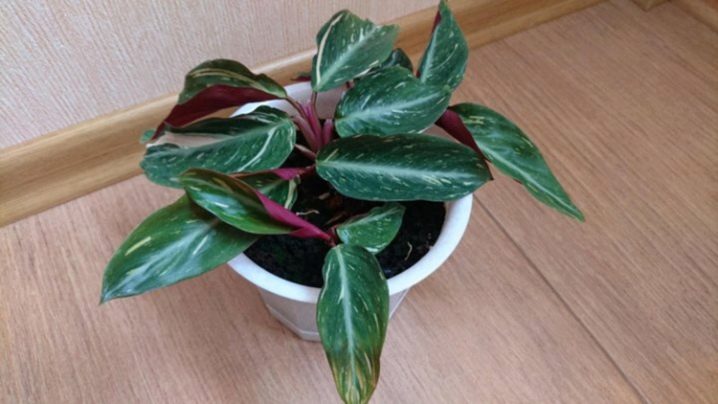
Description of the pleasant stromant
This plant comes from the tropical regions of the American continent. It has been growing in the dense shade of an evergreen forest for thousands of years. The pleasant stromant feels well there, with high relative humidity. At the same time, a stable high temperature is maintained. But this species is not as capricious as the calathea - and its adaptability is largely due to the rather tough, tactile parchment-like leaves.
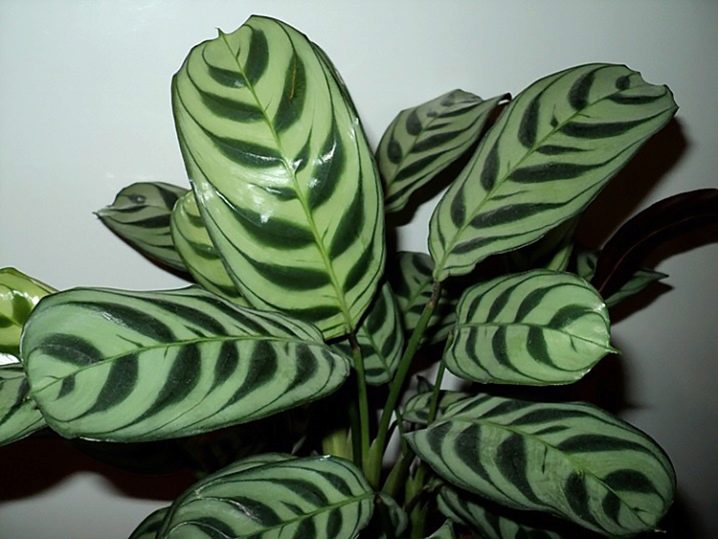
A drop in air humidity is critical for this species. Withering leaves suffer and do not look so decorative anymore. Often, the pleasant stromant is planted in aquariums or even large glass bottles. In such conditions, with optimal humidity, the culture will grow excellently.Using 2-3 similar tropical plants that are moisture-loving, you can form a whole "bottle garden", which will be quite original.
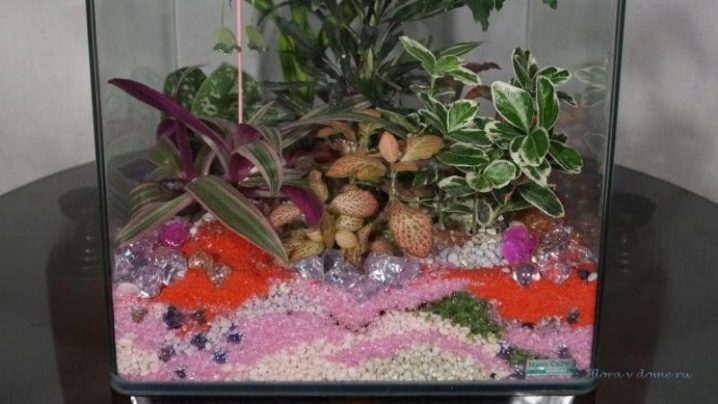
The flowers of the pleasant stromant are small. They are plain and pale in color. Such flowers are found on a peduncle that emerges from the top of the rhizome. On this peduncle, green, scale-like leaves develop. Because of their accumulation, the peduncle itself is often compared to a braided graceful braid.
It must be remembered that peduncles (and flowers on them) have no aesthetic value. Usually all this is ripped off immediately after it appears.
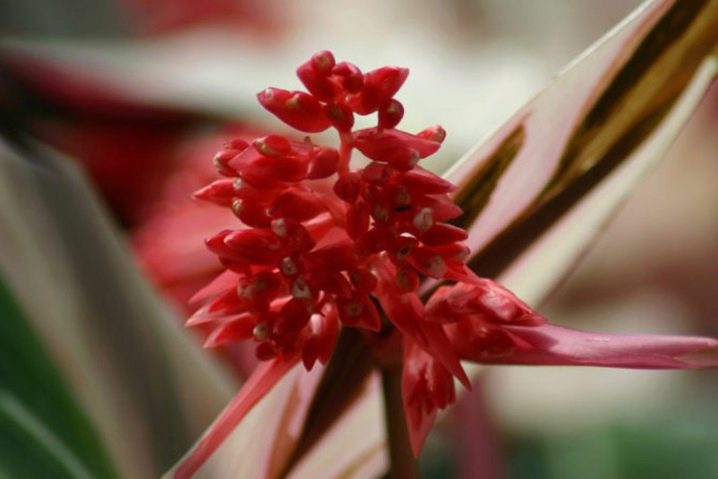
A pleasant stromant can be attacked by a spider mite, which is extremely difficult to suppress aggression. When buying this plant in the store, you need to check if insects have settled on the undersides of the leaves. Strongly growing specimens reach 30 cm in height and cross-section.
Optimal cultural development is achieved with diffused but bright enough light. The leaf plate can change its position depending on this light. Direct exposure to the sun on hot days can cause burns. Because of this feature, in the summer, the stromant must be shaded or placed in a relatively dark place.

But the lack of light also affects her condition adversely. This leads to inhibition of growth. The exotic guest should be placed on the north, east or west windows. In summer, the south side is best avoided. When exposed to the north side of the house, you will have to check if the windows are well insulated.
Stromanta grows best at 22-25 degrees. Any cold draft instantly hurts her.

The choice of nutrient soil is preferred with a solid humus saturation. Check for drainage. To increase the looseness, sand additives are used. To make the soil more fertile, compost is added to it. Strict adherence to conditions, pest control and timely division of the plant allows for long-term operation.
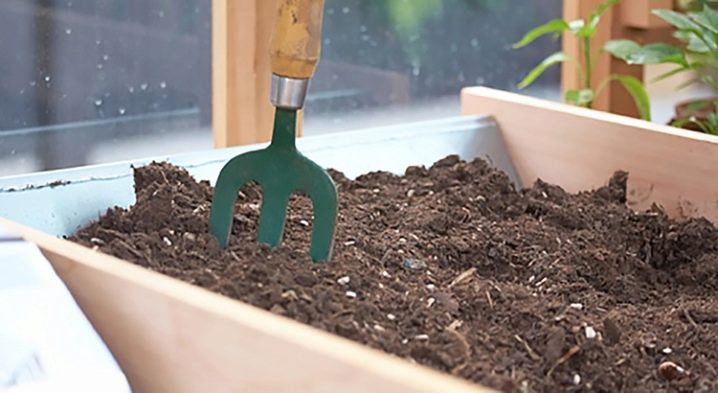
Stromanta can go well with:
- phytonia;
- various types of arrowroots;
- escinant;
- philodendron;
- cycad;
- Saintpaulia (better known as geranium).
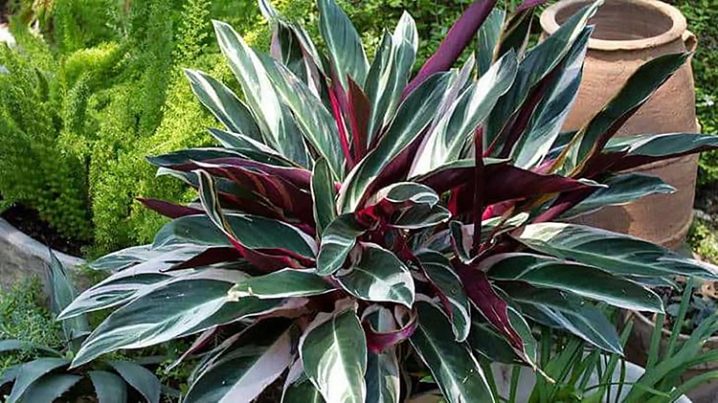
Stromant is recommended for a window conservatory. In hot weather and when overheated by heating, the leaf plates can curl into a tube, despite the moisture in the soil. As soon as the temperature drops, the plates will open back. Moisture deficiency also provokes leaf curling, and this problem must be dealt with not by active irrigation, but by an increase in air humidity.
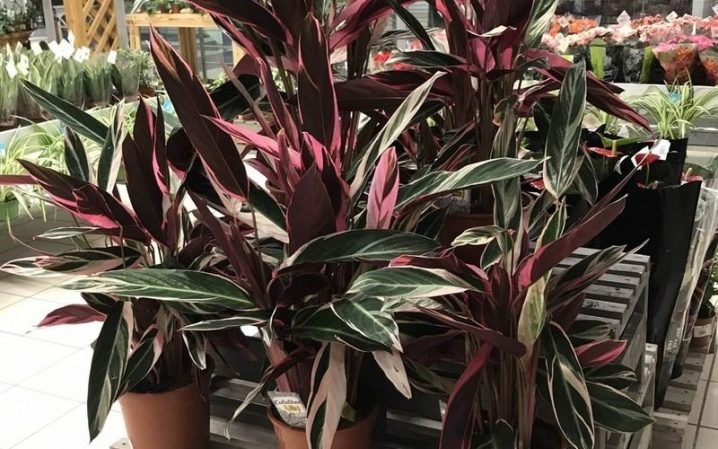
Often for this, the pot is placed in a pebble tray. The pebbles poured there are systematically watered with water. Spraying foliage is done with soft boiled water. Using hard water can cause gray spots.
Complex mineral fertilizers are used once a month, but not in winter. Of insects, spider mites and mealybugs are harmful.

Overview of other varieties
Strictly speaking, there is only one more variety - Magic Star. Its feature is the large size of the leaf plates, sharpened to the end. The foliage is dark green in color. White and soft yellow ornaments are randomly distributed on its surface. The Magic Star looks very nice.
In the daytime, the leaves are always turned towards the sun. With the approach of darkness, they will rise up. The plant loves light, but requires shading with excessive brightness. Magic Star is distinguished by its moisture-loving nature. It must be watered at least once a day, but carefully checking that there is no overflow.

























The comment was sent successfully.